Long Dryer Vent Run?
Nick
7 years ago
Featured Answer
Sort by:Oldest
Comments (51)
User
7 years agoNick
7 years agoRelated Discussions
Help I Need a High CFM Gas Dryer That Can Tolerate a Long Vent
Comments (12)If you're sure that your vent line has no built-up lint or other obstructions for its entire length, then a dryer vent booster fan would almost certainly solve your problem. The booster fans from Fantech are completely automatic. they switch on when air pressure builds up in the vent line from the dryer fan running, and turn off when the air pressure subsides. They have both in-line models and models that would mount on the wall at the end of the vent run. More info available at the linked website below. Here is a link that might be useful: Fantech Dryer Booster Fans...See MoreLooking for a new dryer for long vent application
Comments (7)If someone is trying to sell you a dryer, for long run applications, that is not a true statement. Beware of of that. All dryers are made to dry clothes at a cirtain speed, and to a spec sheet. If they were to change the speed of the motor, it would just use more energy, and get less drying as the speed and the finns on the impeller are disigned to move x amount of air at a speed that the heat will dry your close in a specific amount of time. For instance, it will move 135cf per minute, more than that your dryer is running long times and not drying properly. Now that I have said all that, what you need to do, is contact a venting service, that can come and look your system over, and you said you had only 2 90's and 50 feet, I have had them over 100' and 8 90's, and we installed on inline 4" fan/housing in the duck, and had a power line connected to the dryer, so when the dryer started up it also powered up the discharge fan/housing installed down line to help move the air, but also you have to install one that will not change the speed of the dryer motor discharge. Your local venting installer, some of the furnace firms have people that are fully experienced in this sort of addition, or long venting problems. Hope this helps you. Brent@CanBC...See MoreDryer vent under deck - how to vent
Comments (3)If you check the spec on your dryer I think you will find that you will be exceeding the ability of the dryer to move the air to dry effectively. Each load will take longer and therefore be more costly. I'd suggest that you look into a booster fan. Tjernlund makes about the best of them in my opinion. Watch their video on operation. You could take the 4" exhaust pipe (try to use smooth walled ridged pipe) and insulate and sleeve it with PVC on the portion under the deck. The vent should not terminate under the deck...See MoreIssues with Dryer and Dryer vent
Comments (14)Megan Morrill-Denton, several people here offering a lot of good points. Since you've cleaned your ducting, I can't think of any other ways to improve drying, and you've mentioned you really don't have any length to the outside except 10" - though if you've got the 'corrugated' type ducting, straight galvanized might help a little. You've also mentioned that the ducting to the dryer isn't kinked... so I've no further help on that other than to suggest you use electric foil tape when you connect it to the dryer - we only had the clamp initially and it did a poor job of holding the duct leak-free to the dryer. You mentioned a cold floor... we had that issue - the whole room actually. When we pulled out our old dryer, I noted cold air flooding from the corrugated duct coming out from the wall (actually placed a baggie over it, taped it close to keep cold air from flooding into the room - the baggie stayed puffed with air until we replaced the outdoor vent cap). I can't really speak for the Heartland style outdoor vent other than to say once we installed that, I noticed the baggie no longer inflated with air from the outside. That was a plus for us. We previously had the slat-style outdoor vent. As dadoes mentioned, it needs painted if you don't want it to stick out like a sore thumb (it's rather big), and I used a can of plastic approved Krylon Fusion paint from Lowe's for ours. Keeping any part of your ducting and vent cap clear of lint is important, and reduces fire hazards - sounds like you are doing this. Good luck on your situation....See MoreUser
7 years agolast modified: 7 years agoUser
7 years agolast modified: 7 years agoUser
7 years agolast modified: 7 years agomrspete
7 years agoqbryant
7 years agolyfia
7 years agolive_wire_oak
7 years agolast modified: 7 years agoUser
7 years agolast modified: 7 years agoNick
7 years agoqbryant
7 years agolazy_gardens
7 years agoUser
7 years agolast modified: 7 years agoVith
7 years agolast modified: 7 years agocpartist
7 years agoVith
7 years agolast modified: 7 years agoUser
7 years agoUser
7 years agolast modified: 7 years agoVith
7 years agolast modified: 7 years agoUser
7 years agolast modified: 7 years agoUser
7 years agolast modified: 7 years agoUser
7 years agoVith
7 years agolast modified: 7 years agoUser
7 years agolast modified: 7 years agoUser
7 years agolast modified: 7 years agocpartist
7 years agoartemis_ma
7 years agolast modified: 7 years agoUser
7 years agoartemis_ma
7 years agoUser
7 years agolast modified: 7 years agoUser
7 years agolast modified: 7 years agoUser
7 years agoNick
7 years agoNick
7 years agoNick
7 years agocpartist
7 years agoFred M
7 years agoOaktown
7 years agolast modified: 7 years agoNick
7 years agoVith
7 years agoNick
7 years agoUser
7 years agolast modified: 7 years agoNick
7 years agoSuru
7 years agoUser
7 years agolast modified: 7 years agoSuru
7 years agoUser
7 years agolast modified: 7 years agocpartist
7 years ago
Related Stories
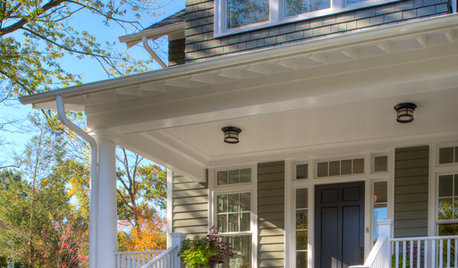
MONTHLY HOME CHECKLISTSOctober Checklist for a Smooth-Running Home
You're due for some winterizing, like clearing rain gutters and stowing swimsuits — but leave time for a fun project
Full Story
MONTHLY HOME CHECKLISTSFebruary Checklist for a Smooth-Running Home
Spend snowy days sprucing up, cleaning out and making your bedroom romance-ready
Full Story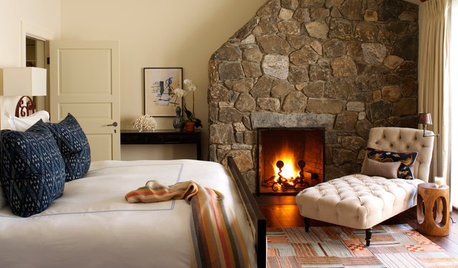
MONTHLY HOME CHECKLISTSSeptember Checklist for a Smooth-Running Home
Get ready to get cozy at home with snuggly blankets, well-stocked firewood, added insulation and more
Full Story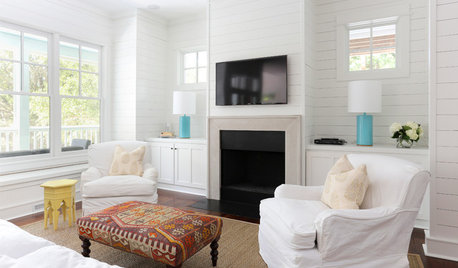
MONTHLY HOME CHECKLISTSYour May Checklist for a Smooth-Running Home
Sail through the rest of spring by spiffing up your home and getting down in the backyard with friends
Full Story
INSIDE HOUZZHow Much Does a Remodel Cost, and How Long Does It Take?
The 2016 Houzz & Home survey asked 120,000 Houzzers about their renovation projects. Here’s what they said
Full Story
MONTHLY HOME CHECKLISTSFebruary Checklist for a Smooth-Running Home
Romancing the home includes fresh air, fresh flowers and fresh supplies — and taking timeless sickness prevention tips to heart
Full Story
MONTHLY HOME CHECKLISTSNovember Checklist for a Smooth-Running Home
Prep for holiday entertaining and the onslaught of winter to enjoy a healthy home and a relaxed mood
Full Story
ORGANIZINGDo It for the Kids! A Few Routines Help a Home Run More Smoothly
Not a Naturally Organized person? These tips can help you tackle the onslaught of papers, meals, laundry — and even help you find your keys
Full Story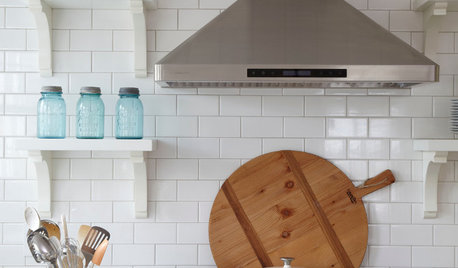
HOUSEKEEPINGMarch Checklist for a Smooth-Running Home
Get a jump on spring by spiffing up surfaces, clearing clutter and getting your warm-weather clothes in shape
Full Story
HOUSEKEEPINGApril Checklist for a Smooth-Running Home
Refresh and organize your rooms and outdoor spaces to meet the new season with a spring in your step
Full Story


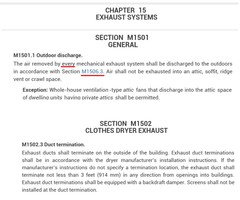


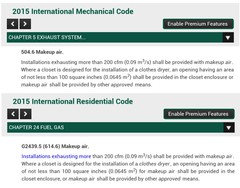
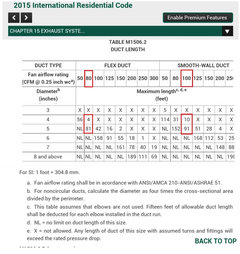
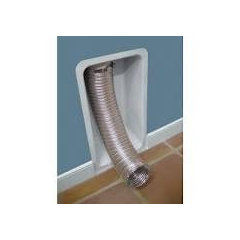
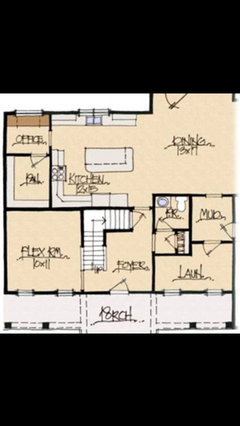
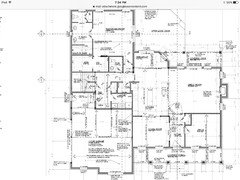





dklady44